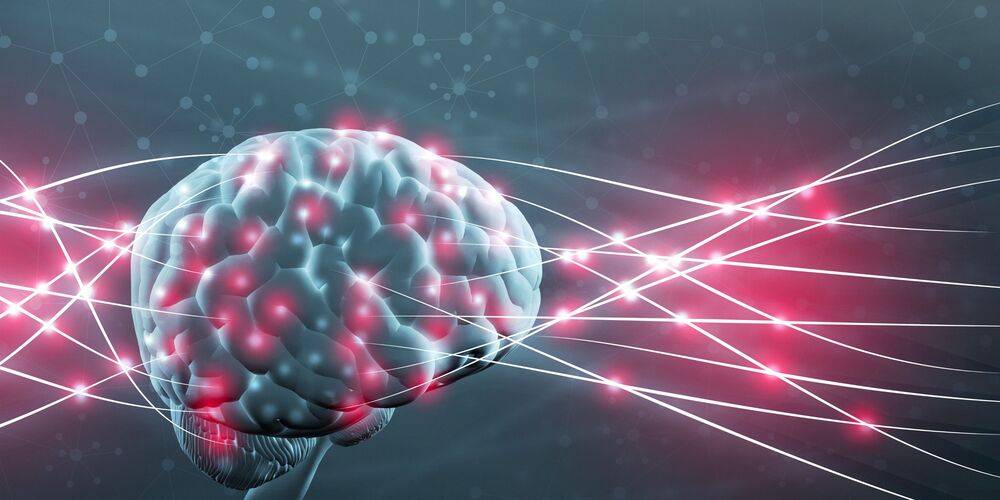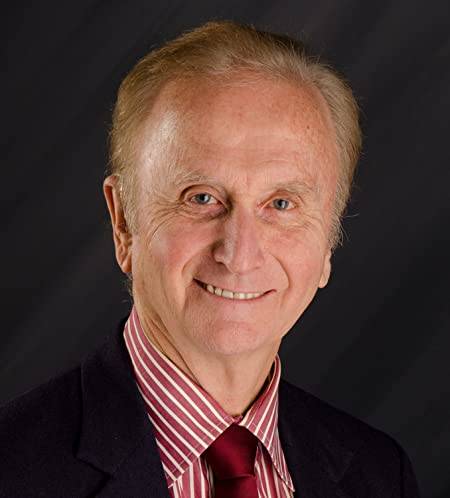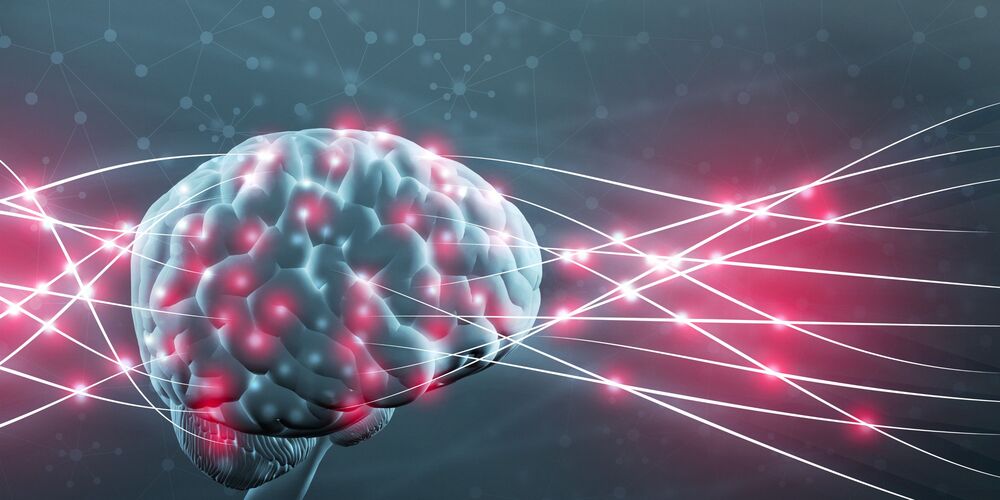De Mike:
¿POR QUÉ? ¿Qué adaptaciones neuromusculares están ocurriendo y no están documentadas?
VNS con el sistema Cyberonics NCP fue aprobado recientemente para su venta en la Unión Europea y Canadá como tratamiento para la depresión en pacientes con episodios depresivos mayores resistentes o intolerantes al tratamiento, incluida la depresión unipolar y el trastorno bipolar (depresión maníaca).
La VNS con el sistema Cyberonics NCP fue aprobada por la FDA en 1997 para su uso como terapia complementaria para reducir la frecuencia de las convulsiones en adultos y adolescentes mayores de 12 años con convulsiones de inicio parcial médicamente refractarias. Además, el Sistema NCP está actualmente aprobado para epilepsia en todos los países miembros de la Unión Europea, Canadá, Australia y otros mercados.
Contactos:
Samantha Narcisse, Porter Novelli, 212-601-8276
Le H, Chico M, Hecox K, Frim D.
Sección de Neurocirugía Pediátrica, Hospital Infantil de la Universidad de Chicago, Chicago, Ill 60637, EE. UU.
Resumen : En algunos niños con retraso cognitivo que requieren un estimulador del nervio vago para el tratamiento de sus convulsiones, existe el riesgo de que la herida se rompa y se infecte debido a la manipulación obsesiva de la misma. Describimos la colocación interescapular del generador de impulsos del estimulador del nervio vago como un método para reducir este riesgo.
Nagarajan L, Walsh P, Gregory P, Lee M.
OBJETIVOS : Estudiar la eficacia, tolerabilidad y seguridad de la terapia de estimulación del nervio vago (ENV) en la práctica clínica, en 16 niños y adolescentes con epilepsia refractaria.
METODOLOGÍA : Evaluamos la eficacia de la terapia VNS, retrospectivamente comparando la frecuencia, duración y gravedad de las convulsiones en el momento del seguimiento más reciente (media: 24,9 meses) con las de las 4 semanas previas a la cirugía VNS. Se compararon los cambios en la calidad de vida, el sueño y el comportamiento en la última revisión con los anteriores a la ENV. Se describen los efectos adversos provocados por preguntas específicas, informes espontáneos y exámenes clínicos.
RESULTADOS : La estimulación del nervio vago resultó en una reducción >50% en la frecuencia de las convulsiones en el 62,5% de los niños y el 25% logró una reducción >90%. La estimulación del nervio vago fue bien tolerada en todos menos uno de nuestra cohorte, sin efectos secundarios graves.
CONCLUSIÓN : Nuestros resultados respaldan su papel como una de las opciones en la epilepsia infantil intratable.
Weinstein S.
El uso de campos eléctricos para tratar la epilepsia está siendo objeto de un mayor escrutinio como alternativa a los medicamentos y la cirugía resectiva. Gran parte de la atención reciente se ha centrado en los canales iónicos y el control de las convulsiones; sin embargo, los mecanismos no sinápticos pueden ser cruciales para el inicio de las convulsiones, lo que plantea la posibilidad de utilizar la aplicación de campos eléctricos para abortar las convulsiones. Además, los efectos inhibidores pueden durar más que el tratamiento inmediato y posiblemente ser una intervención profiláctica. Este artículo revisa el uso de la estimulación cerebral para el tratamiento de la epilepsia, pero también cita casos en los que se producen resultados antitéticos. El mayor detalle se centra en interrumpir el inicio o acortar la convulsión. El artículo no analiza exhaustivamente la estimulación cerebral profunda o del nervio vago.
DOLOR :
Kirchner A, Birklein F, Stefan H, Handwerker HO.
Neurologische Klinik, Friedrich-Alexander-Universitat Erlangen.
La estimulación eléctrica del nervio vago (ENV) se ha convertido en un método establecido para el tratamiento de epilepsias médicamente refractarias. A partir de experimentos con animales, es bien sabido que, dependiendo de la intensidad de la estimulación, la VNS puede provocar tanto la inhibición como la facilitación de la nocicepción. Investigaciones fisiológicas recientes demostraron una influencia similar de la VNS en la percepción del dolor en pacientes tratados con VNS crónica.
Sin embargo, en humanos se ha demostrado un efecto más marcado en la inhibición del dolor, probablemente mediada por mecanismos neurobioquímicos. Estos hallazgos se discuten teniendo en cuenta los mecanismos fisiológicos subyacentes a la modulación del dolor y las convulsiones por VNS conocidos a partir de estudios en animales. Los primeros informes sobre la atenuación del dolor crónico mediante VNS indican que el método podría ser una opción para el tratamiento del dolor en el futuro.
Sanossian N, Haut S.
Departamento de Neurología, Facultad de Medicina Albert Einstein, Bronx, Nueva York, EE. UU.
Los nervios vagos izquierdo y derecho poseen el mayor grado de inervación de cualquiera de los doce pares de nervios craneales. Estos nervios potencian los efectos autonómicos motores, sensoriales y parasimpáticos a medida que atraviesan el cráneo, la fosa yugular, el tórax y la cavidad abdominal.https://pubmed.ncbi.nlm.nih.gov/11805274/
Ramas importantes de estos nervios desempeñan funciones clave en la deglución, la articulación y la regulación de la frecuencia cardíaca y el diámetro bronquial.
Hasta el 20% de los pacientes epilépticos en los Estados Unidos no pueden controlar sus convulsiones mediante terapia no farmacológica. En 1973, Cooper et al. describieron la posibilidad de utilizar la estimulación eléctrica crónica del cerebelo para el tratamiento de las convulsiones refractivas a los fármacos orales.
Sin embargo, decenas de estudios adicionales sugirieron que la eficacia limitada y la neurocirugía invasiva eran barreras importantes contra la aceptación generalizada de este procedimiento.
En 1990, se informó por primera vez sobre el estimulador del nervio vago (ENV), que se considera una opción más segura, eficaz y menos invasiva que la neurocirugía cerebelosa. Ambos métodos implican mecanismos de liberación del neurotransmisor ácido g-aminobutírico (GABA) para inhibir la corteza cerebral.
Mientras que el cerebelo sólo puede transmitir señales a varias áreas localizadas de la corteza, el nervio vago es capaz de estimular retrógradamente todo el núcleo vagal, amplificando así las áreas de la corteza afectada.
En 1997, la Administración Federal de Medicamentos (FDA) aprobó la VNS y en 1998, el uso de la terapia VNS se extendió al tratamiento de trastornos neuropsiquiátricos cuando el primer paciente con depresión se sometió a la implantación quirúrgica del dispositivo.
En noviembre de 1999, Morris y Mueller coordinaron un estudio a largo plazo sobre VNS y presentaron sus hallazgos en la revista médica Neurology. Evaluaron a más de 400 pacientes a los que se les había implantado VNS entre 1988 y 1995, y encontraron que entre el 35 y el 44% de los pacientes con convulsiones intratables permanecían libres de convulsiones después de tres años de terapia.
Los efectos adversos importantes incluyeron ronquera (19,8%), dolores de cabeza (4,5%) y disnea (3,2%). También encontraron que el cumplimiento del paciente y el deseo de continuar la terapia disminuyeron con el tiempo (96,1% después de un año a 72,1% después de tres años). La ENV se utiliza actualmente como terapia de último recurso. La implantación puede costar hasta 15.000 dólares y el reemplazo de la batería genera costos de mantenimiento frecuentes.
Los resultados de un estudio anestesiológico realizado en mayo de 2000 sugieren que la VNS también es capaz de reducir el umbral del dolor térmico. En agosto de 2001, Kirchner et al. sugirió que la ENV podría ser útil para tratar el dolor crónico implacable.
Parece que los efectos secundarios de la VNS podrían ser secundarios a la hiperestimulación del nervio laríngeo recurrente y a la broncoconstricción parasimpaticomimética. Los mecanismos de adaptación neuromuscular que resultan en la resolución de los efectos adversos con el uso crónico de ENV no están bien caracterizados, pero podrían implicar una regulación negativa de los receptores GABAérgicos en áreas de inervación vagal.
Aunque los efectos clínicos de la VNS contra la epilepsia refractaria y la depresión parecen ser exitosos, se necesitan más estudios para dilucidar la eficacia de la VNS en el tratamiento del dolor crónico. Además, el alto costo de esta terapia y su uso como último recurso sugieren que la búsqueda de otras formas de terapia no descubiertas puede ser más rentable.
Es probable que el aumento de la saturación de oxígeno implique mecanismos fisiológicos distintos de la VNS; sin embargo, los efectos de la respiración controlada sobre las convulsiones refractarias, la depresión a largo plazo y el dolor crónico no se comprenden bien y es posible que sean posibles otros mecanismos.
Muhammad M. Nashatizadeh
De Mike:
Muchas aplicaciones positivas para VNS con alto costo y algunos efectos secundarios graves. Me pregunto qué le pasa al diafragma durante esta terapia, si mejora o no.
Sospecho que una combinación de
respiración óptima , ajustes quiroprácticos, acupuntura, nutrición clínica y
marihuana medicinal puede ser una PRIMERA opción lógica para muchas de estas personas con convulsiones, dolor o depresión.
Puede haber mucho que aprender sobre la función del diafragma con esta población VNS posquirúrgica siempre que se documenten los videofluoroscopios previos y posteriores a la cirugía y en curso.






